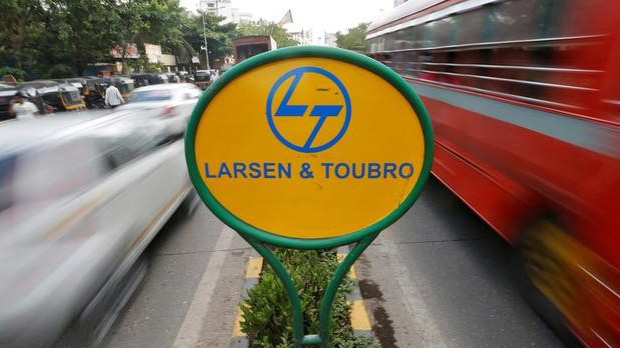Indian multinational conglomerate Larsen &Toubro (L&T) and South Korean firm Hanwha Techwin (HTW) on April 21, 2017, signed a contract for execution of the 155mm/ 52 Cal Tracked Self Propelled (SP) Gun programme for the Indian Army. L&T was declared as the sole qualified bidder, post User Evaluation Trials, based on the performance of the K9 VAJRA-T, a world class self-propelled howitzer appropriately customised and fielded by L&T with HTW as the technology partner. The contract is a result of nearly a decade long close relationship and joint efforts of the two companies on this programme, through extensive user evaluation and field trials followed by contract negotiations with the ministry of defence. The K9 VAJRA-T gun is an enhanced version of HTW’s K9 Thunder, to suit specific requirements of the Indian Army including desert operations.
HTW’s K9 Thunder is one of the best performing self-propelled howitzers in the world with over 1,000 numbers already in service in Korea and few other countries. This programme has set new benchmarks in co-development and co-production of defence systems by Indian private sector defence players and foreign majors. Jayant Patil, head of defence and aerospace and member of heavy engineering board at L&T, said: “This contract marks an important milestone in L&T’s defence business journey and in our relationship with Hanwha Techwin. It will create synergies not only for this programme but also for upcoming Indian and global programmes.
This also marks a giant step forward towards furthering the “Make in India” vision of the government of India. L&T plans to begin production of this vital weapon system at its Strategic Systems Complex at Talegaon near Pune in Maharashtra and deliver the first batch of 10 guns. L&T also has initiated setting up of a green field manufacturing line at Hazira, Gujarat, integral with a state-of- the-art test track, to produce, test and qualify the K9 VAJRA-T guns.” Keeping the spirit of Make in India, L&T shall not only manufacture K9 VAJRA-T in India, with over 50% indigenous content, but also provide through life support from India.








